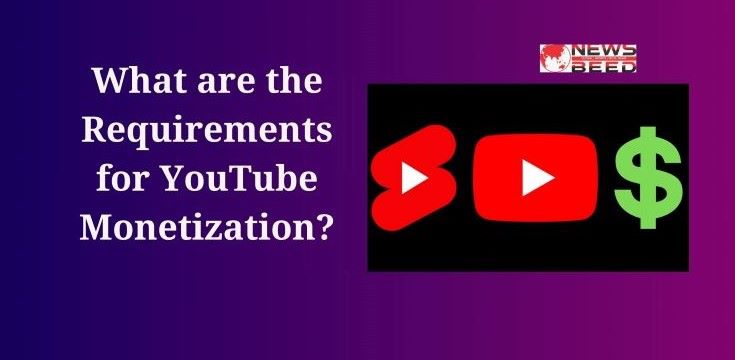YouTube Monetization is a game-changer for content creators. Imagine turning your passion into profit by simply sharing your videos with the world. With YouTube Monetization, you can earn money through ads, channel memberships, merchandise shelf, and more. It’s not just about making videos; it’s about making a living doing what you love.
Requirements for YouTube Monetization
YouTube monetization allows creators to earn money from their videos through various income streams, including ads, channel memberships, merchandise shelf, and Super Chat. To be eligible for YouTube monetization, you need to meet specific requirements and follow a step-by-step process. As of my last knowledge update in September 2021, here are the detailed steps to become eligible for YouTube monetization:
1. Create a YouTube Channel:
- If you don’t already have a YouTube channel, create one by signing in to your Google account and navigating to YouTube. Click on the user icon in the top right corner and select “Your Channel.” Follow the prompts to set up your channel.
Also, Read This: What is Digital Marketing in Hindi
2. Produce High-Quality Content:
- Create original, high-quality videos that adhere to YouTube’s community guidelines. Avoid copyrighted material, inappropriate content, or content that violates YouTube policies.
3. Build Your Audience:
- Grow your subscriber base and viewership by consistently uploading engaging content. Interact with your audience by responding to comments and engaging with them on social media.
4. Meet the Monetization Eligibility Requirements:
To qualify for monetization, you need to meet the following criteria:
- 1,000 Subscribers: Your channel must have at least 1,000 subscribers.
- 4,000 Watch Hours: In the past 12 months, your videos must have accumulated a total of 4,000 watch hours.
5. Enable AdSense:
- To earn money from ads on your videos, you need to set up an AdSense account. Visit the AdSense website (https://www.google.com/adsense) and follow their instructions for account creation and verification.
6. Review and Accept YouTube Partner Program Terms:
- Once you meet the eligibility requirements, you’ll be invited to join the YouTube Partner Program. Review and accept the terms and conditions.
7. Monetize Your Videos:
- After your channel is accepted into the YouTube Partner Program, you can monetize individual videos. To do this, go to the YouTube Studio, select the video you want to monetize, click on “Monetization” in the left sidebar, and follow the on-screen instructions.
8. Set Up Ad Types and Placements:
- In YouTube Studio, you can choose different ad types (e.g., display ads, overlay ads, skippable video ads) and where they appear in your videos. You can also enable mid-roll ads for longer videos.
9. Comply with YouTube Policies:
- Continue to follow YouTube’s community guidelines, copyright policies, and advertiser-friendly content guidelines to maintain your monetization status.
10. Reach the Payment Threshold:
- YouTube will pay you once you reach a payment threshold, which is typically $100 USD. Earnings are paid through AdSense, so ensure your AdSense account is set up correctly to receive payments.
11. Promote Your Channel and Increase Revenue:
- To maximize your earnings, continue to grow your channel’s audience and explore other monetization options like merchandise shelf, channel memberships, and Super Chat during live streams.
Requirements for YouTube Shorts Monetization
YouTubers will need at least 1,000 subscribers to monetize short videos. You must also complete 4,000 hours of watch time throughout the year. Also, YouTubers who have 10 million or more views in the last 3 months are also eligible for monetization and can apply. Let us tell you that under the ad sharing process of YouTube, 45 percent of the revenue will go to the creators and 55 percent will go to YouTube. At the same time, YouTube will give 10 percent of the revenue from its share to the music creators used in short videos.
Also, Read This: What is SEO? Type and Key Factors of SEO
Conclusion
YouTube monetization offers content creators an exciting opportunity to turn their passion into profit. By meeting the eligibility criteria and adhering to the platform’s guidelines, creators can earn revenue through ads, channel memberships, merchandise shelf, and Super Chat. However, success in YouTube monetization often requires consistency, high-quality content, and audience engagement.




